News
Complex emergencies, explained
Over the past few decades, humanitarian emergencies have become more complicated, longer-lasting, and harder to address. Here's what you need to know.
Read MoreLately, you may have heard more about emergency food assistance or emergency food security. Here’s what that form of assistance actually looks like, and how it fits into our work at Concern.
Whether it’s a new crisis or a complex emergency, food assistance is core to emergency response — at Concern and among humanitarian organizations at large. But what does that actually mean? What are we delivering when we say we’re delivering emergency food baskets or support? Read on to find out.
A few definitions to get us started: Emergency food assistance is a broad term to cover the food and nutrition support that organizations like Concern deliver to communities affected by crisis.
We tend to refer to this as emergency food security, in line with the idea that this is a more specific term that ensures people have both physical and economic access to enough safe and nutritious food that meets their dietary needs and preferences.
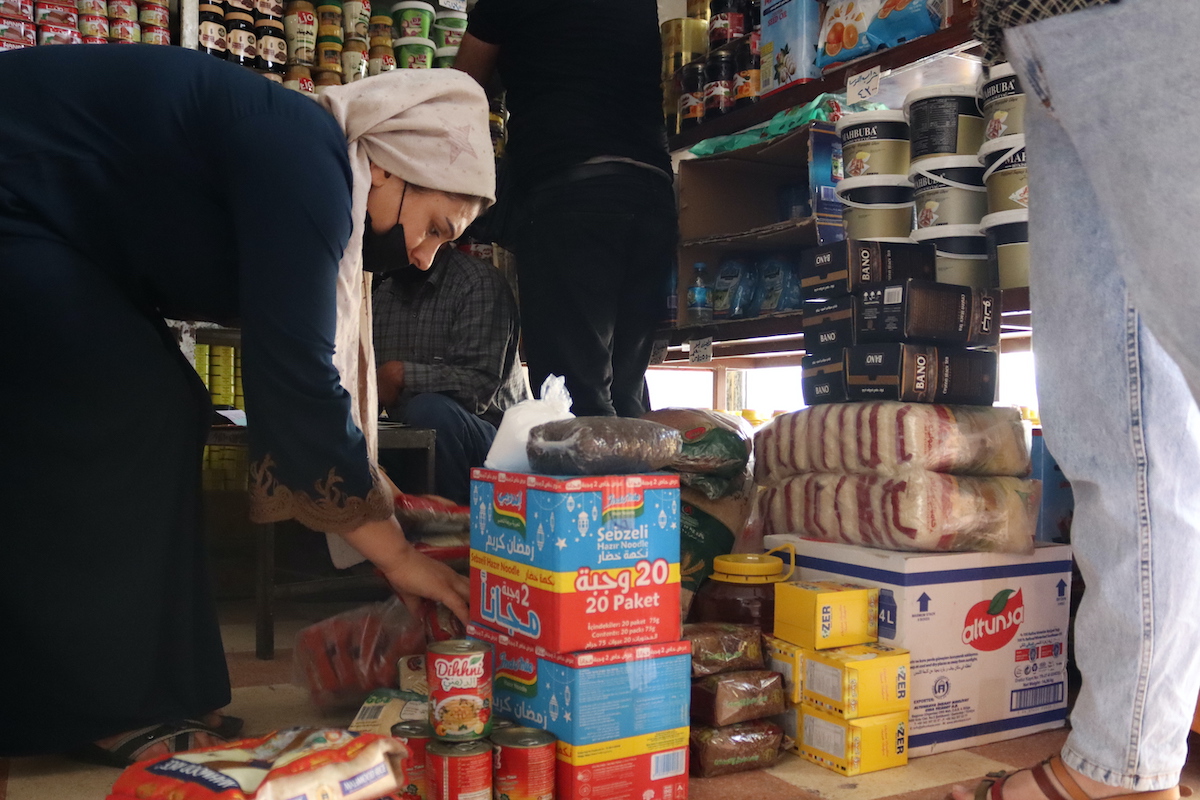
While at Concern our focus is on the most vulnerable communities in countries that are dealing with humanitarian crises (often several at the same time), food assistance and security are universal and a vital safety net for every country. We see this in the United States with programs like SNAP, WIC, and school lunches as several forms of emergency food assistance.
In many countries, however, what we’re looking at with emergency food support is more specific and happens in a slightly different context. In 2023 (the last available year for data), the UN estimated that 282 million people across 59 countries (about 21% of the combined population of those countries) needed emergency food assistance.
Middle- and high-income countries often have food security programs run by the government or related organizations, and ideally this is how these resources should operate. This is a key principle of food security, and one that has been codified and re-codified by several international treaties over the years, most recently with the 2012 Food Assistance Convention.
However, we all know that not every state is currently able to ensure those provisions. Many countries are considered “fragile contexts” due to chronic instability and conflict. In these cases, government resources are often stretched thin. At the same time, civilians need more protection and basic provisions, like food and nutrition support.
That’s where humanitarian aid comes into play. We turn to food assistance when, per the FAC, “it is the most effective and appropriate means of addressing the food or nutrition needs of the most vulnerable populations.”
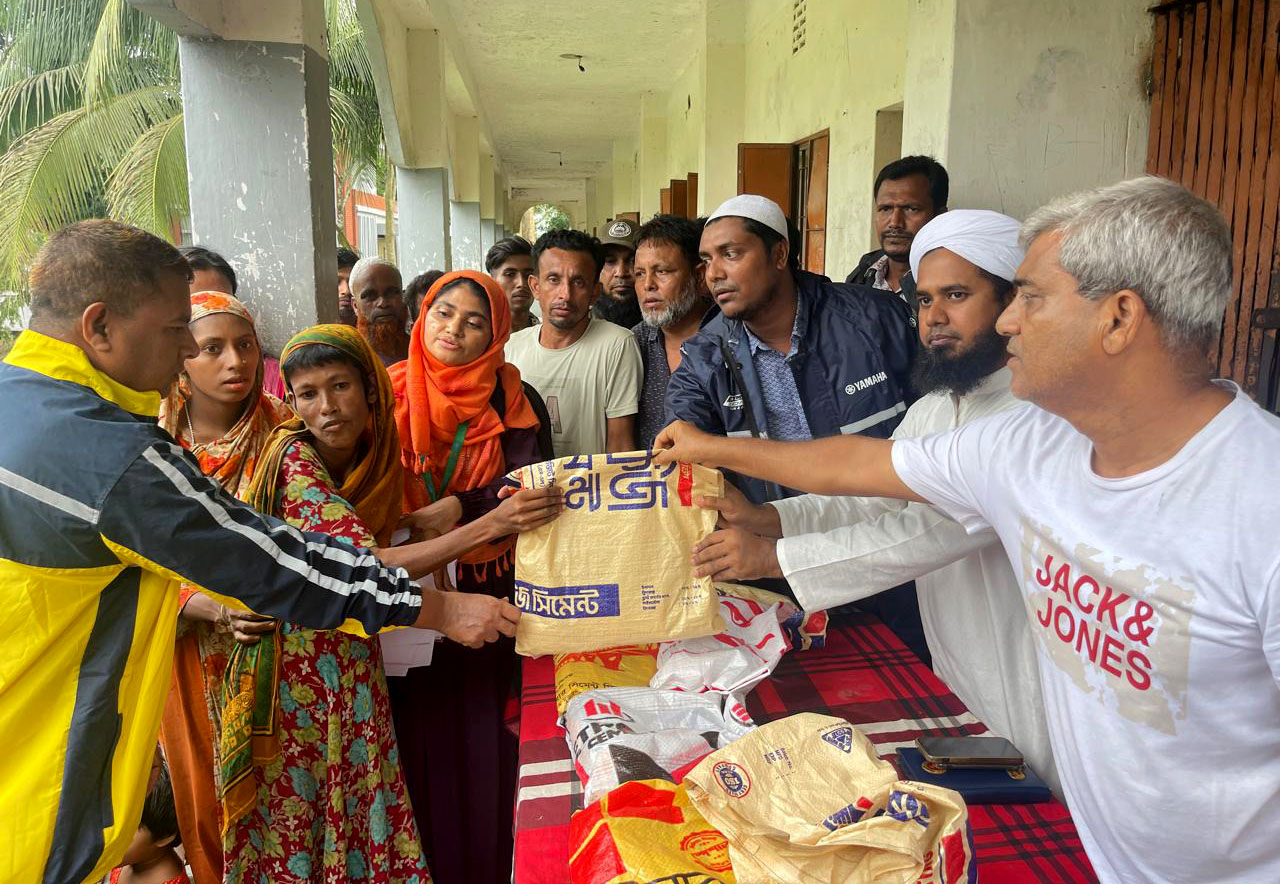
There’s no one set package of food assistance, and it can often vary based on both the location and the context. However, a few common types of food assistance include:
This name is a bit of a misnomer, since we don’t distribute baskets, but a “food basket” is a standard term used in economics as a means of measuring inflation. These are boxes of food supplies (also known as rations) distributed regularly to people in an emergency. The contents vary from place to place, but usually include some grain (like rice, millet, or corn), pulse (like dried beans, lentils, or chickpeas), vegetable oil, and iodized salt.
In cases of extended emergencies, the supplies may also be larger to support a family for longer. These go beyond the standard basket size, but contain many of the same key shelf-stable ingredients, like a gallon jug of cooking oil or 100-lb bag of rice.
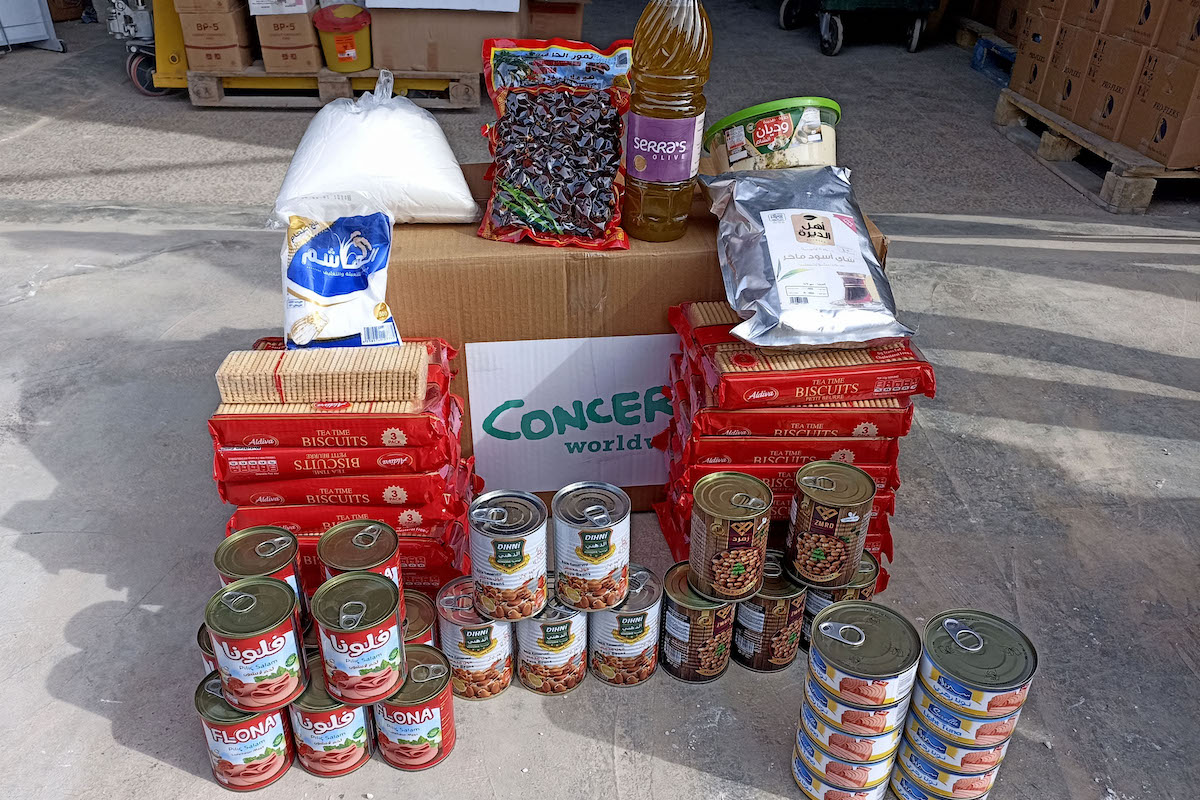
RUTFs like Plumpy’Nut can factor into emergency food assistance in cases where there are high rates of acute malnutrition among children under the age of five — especially common during a famine. These shelf-stable packets of peanut paste are used to help young children recover from malnutrition with high calorie and vitamin content, and are part of the standard for treating acute malnutrition.
While RUTF is the standard for treating acute malnutrition, we may also distribute other fortified food products to prevent specific deficiencies or prevent malnutrition before it starts, like fortified flours or cereals.
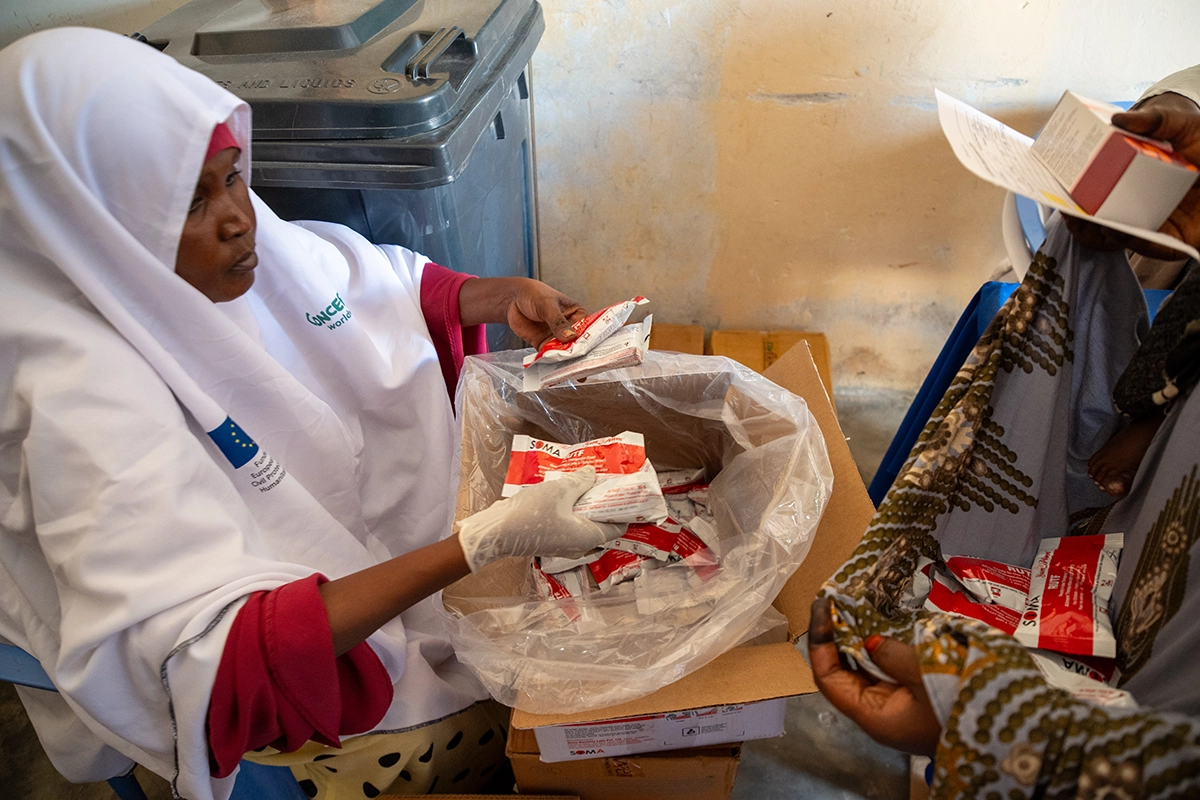
In some cases, people displaced by an emergency may not yet have access to cooking facilities — especially in early days. In areas where the resources and facilities are available, making and distributing hot meals is also an option. This is especially common at emergency shelters and transit points (such as train stations in neighboring countries that received Ukrainians in the early weeks of the conflict).
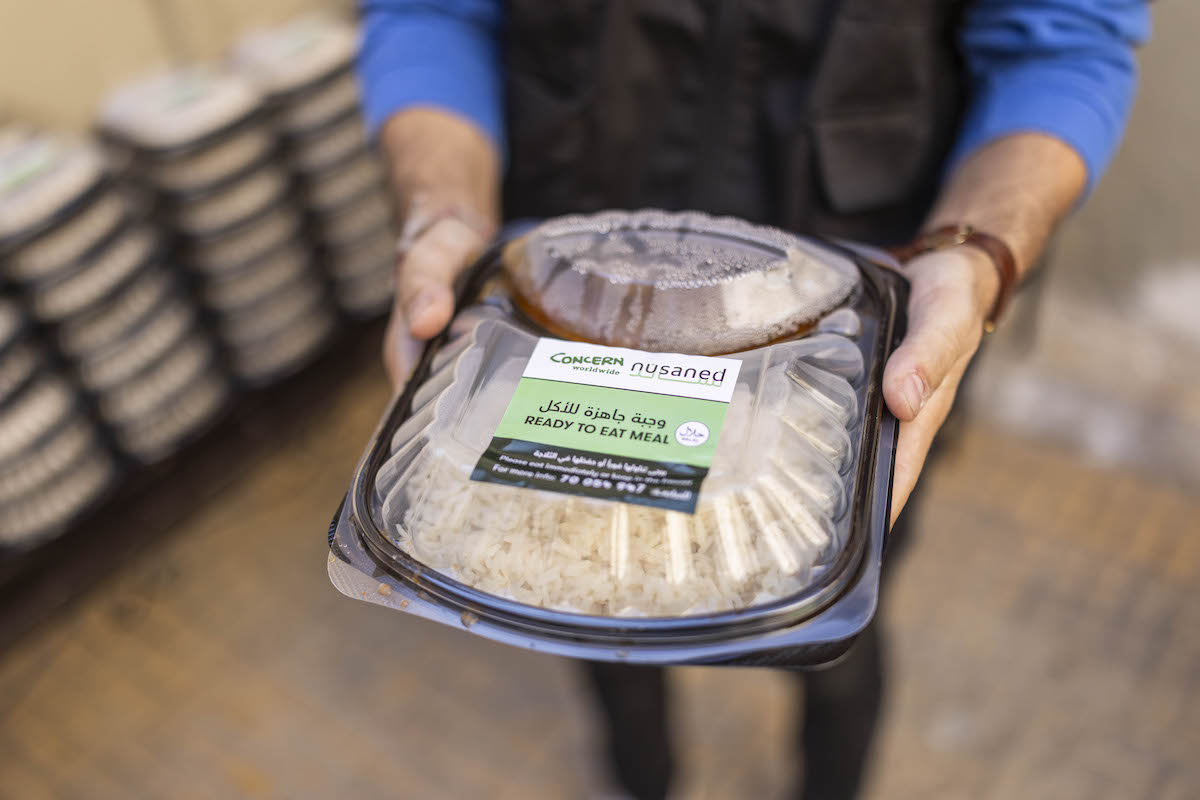
We’ll go into this more in a bit, but in cases where food is available in local markets but people can’t afford it, offering cash or vouchers for local food markets is a more effective way of providing emergency food security.
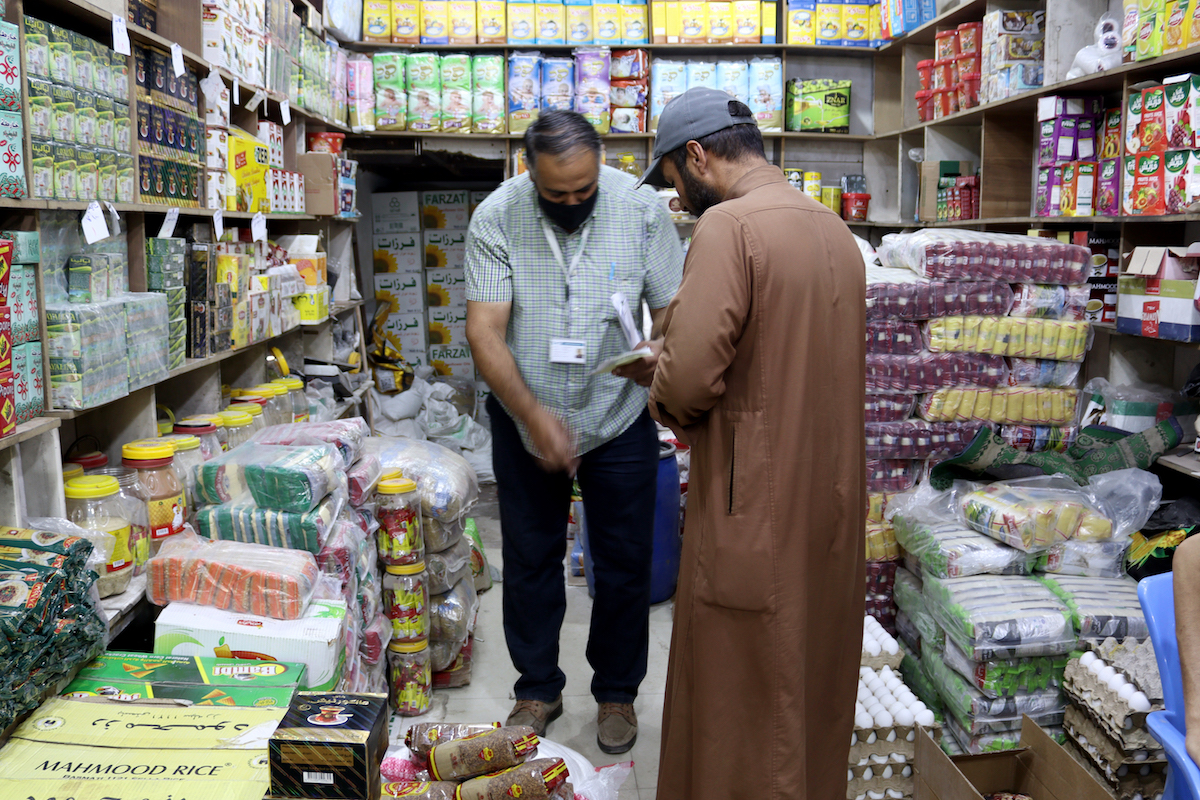
The truth is it can, though not necessarily because of how the aid is distributed.
We are living in an age where humanitarian crises have become protracted. Over time, one key issue — like a conflict or political instability — can become more complicated if other crises follow in its wake. Somalia has faced decades of insecurity, which left it in an especially precarious position during the recent catastrophic Horn of Africa droughts. In Bangladesh, Rohingya refugees living in overcrowded conditions routinely lose what little they have when a flood or fire hits the camps. Trade routes for vital food imports were interrupted around the world during COVID-19-related lockdowns and, a few years later, as a result of the conflict in Ukraine.
In certain situations, the number of variables pile up, placing more and more pressure on people with the fewest coping mechanisms or resources. Unfortunately, that also means that food assistance is the most effective and appropriate means.
However, the FAC does offer guidance for how to avoid creating dependencies. Two key takeaways from this are: focusing on building long-term food security while providing short-term support, and providing assistance in a way that protects local markets and livelihoods.
Food assistance is important in an emergency because it reduces malnutrition and mortality rates, helps to stabilize communities and reduce displacement rates during a crisis, and is an essential step in recovery. That also means that we can find ways of delivering assistance that support long-term security, local markets, and individual livelihoods.
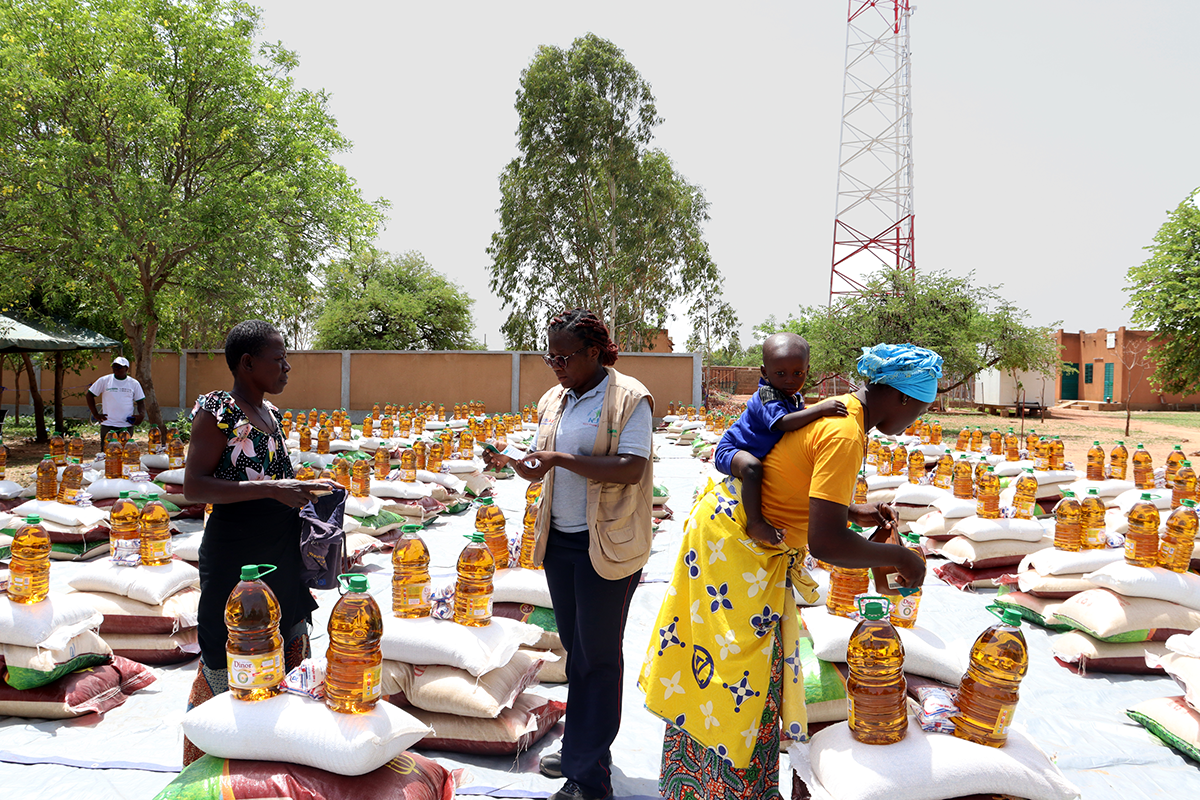
In 2019, Cyclone Idai hit Malawi just weeks before harvesting season, wiping out acres of nearly-there crops for a country that predominantly relies on agriculture for both food and income. One way we approached this at Concern was to deliver on immediate food needs, but also to give families fast-growing seeds that could replenish their farms without them having to wait until the next harvest season.
In northern Syria, many small businesses have food on their shelves, and the bigger challenge is affordability. That’s where cash comes in: cash transfers and store vouchers are one of the more effective ways of building food security, especially in protracted crises: People are able to get what they want, while also supporting local businesses, creating a shared prosperity within communities that reduces the need for dependencies.
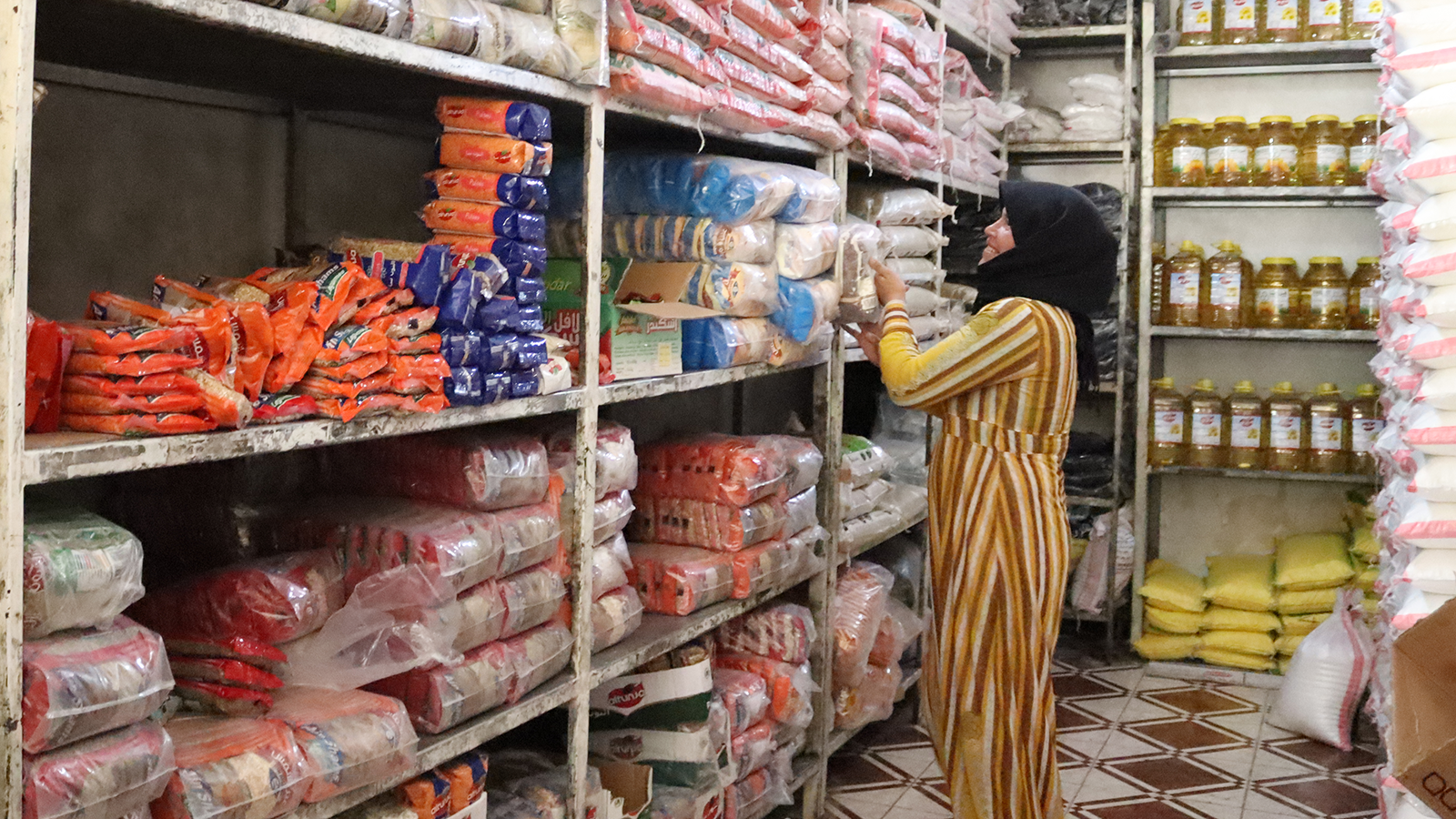

One of the risks we run in countries with protracted crises is that the emergencies become “forgotten.” The needs, however, remain urgent. Last month, for example, the World Food Program announced that it needed to cut rations for Rohingya refugees by more than half, owing to underfunding. Vouchers would be cut from 1,515 Bangladeshi taka (about $12.50 per person) to 726 taka (about $6).
This is one of the risks we face with crisis fatigue: with so many emergencies now competing for attention and resources, many fall off the radar, and circumstances deteriorate. However, at Concern, we keep working to not only deliver on the frontline needs, but also build long-term resilience. After co-developing Community Management of Acute Malnutrition (CMAM), the program behind RUTF, we’ve further refined that approach into a program called Surge, which uses local and national data to prevent seasonal malnutrition spikes (or “surges”) before they start.
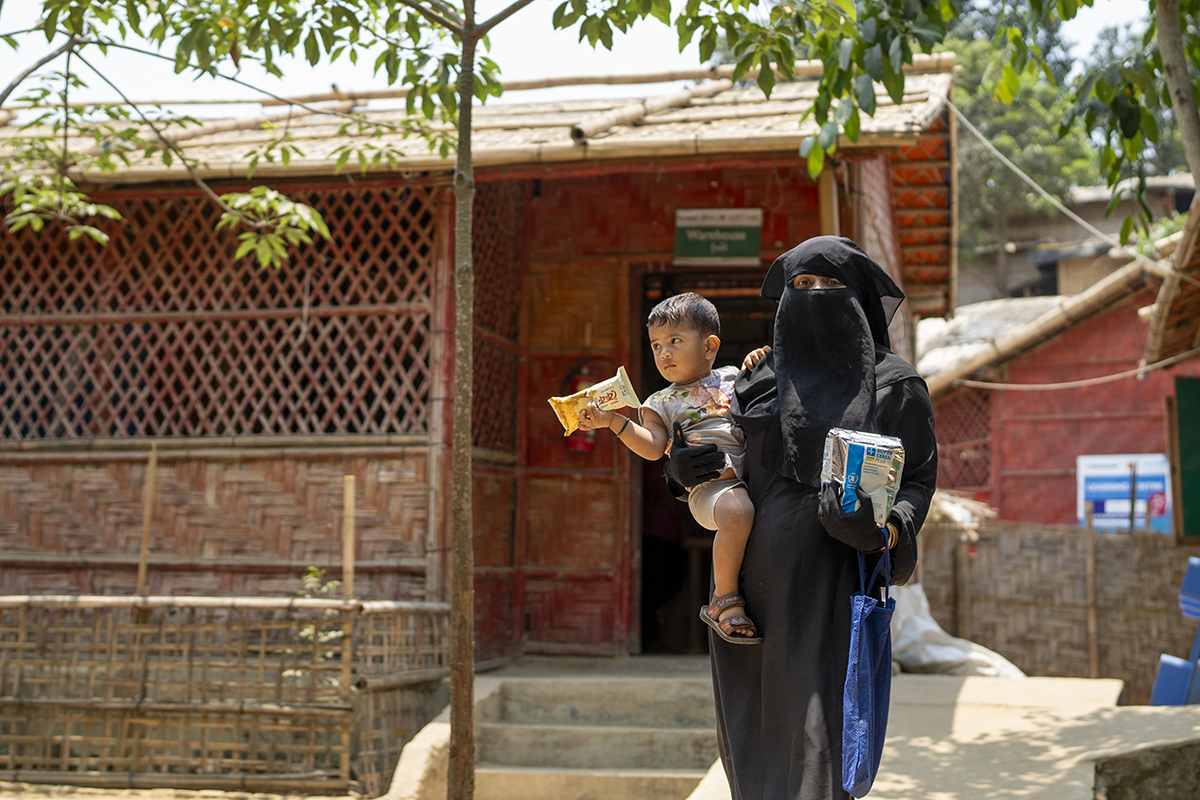
We’ve also seen categoric success in Kenya with our program Lifesaving Assistance and Education to Farmers. Also known as LEAF, the project — funded by Archer Daniels Midland — worked to build long-term food security in Tana River County, a part of Kenya prone to droughts that had cost farmers hundreds of thousands of animals, left nearly 70,000 people in need of food assistance and financial support, and led to skyrocketing rates of malnutrition.
LEAF addressed the urgent needs through systems like CMAM, while also working with Tana River farmers to respond to the shifting weather patterns and droughts in a way that improved their harvests. Just one year later, food aid in Tana River County was not needed — the first time this had happened in three decades.
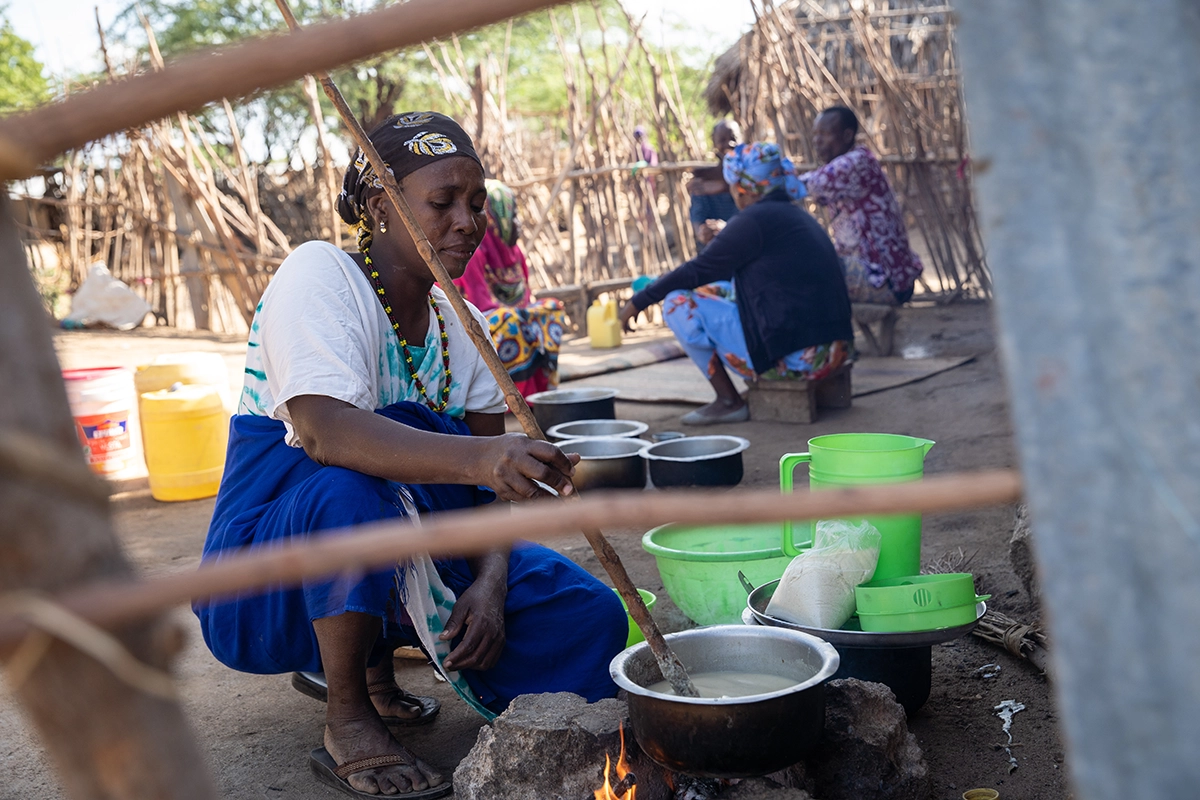
You can also help us go even further: For every dollar donated to Concern, $0.93 goes directly to our programs in 25 countries around the world. Donate once using the button below, or join our Concern(ed) Citizens as a monthly giver.